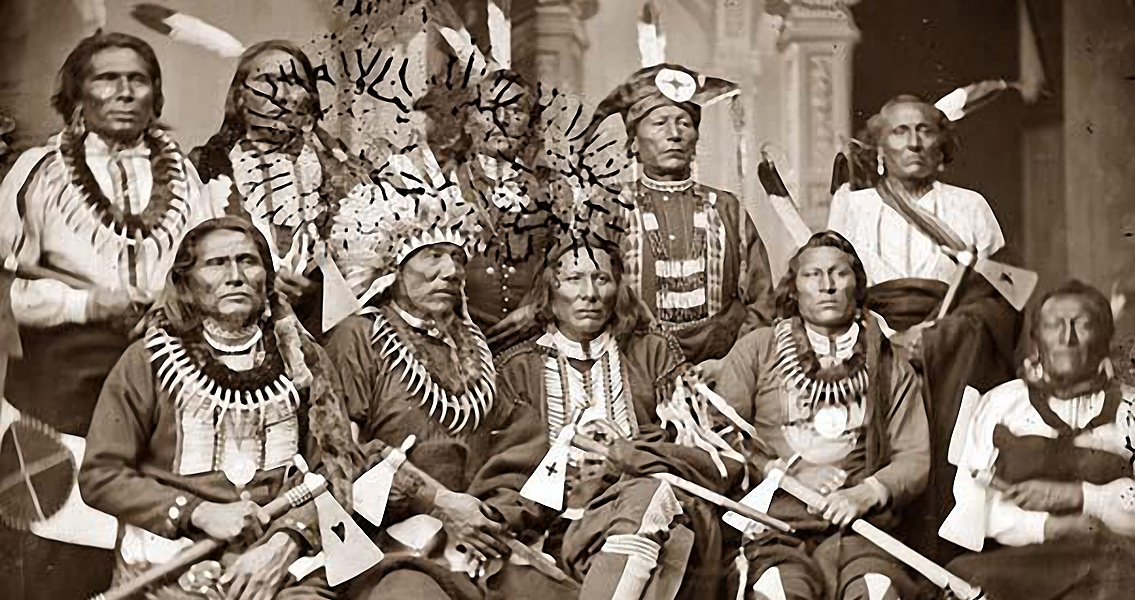<![CDATA[An unusual Native American item has been found in Ohio. During some utility maintenance, a work crew unearthed a surprising find: a Native American pendant dating to the fifth century CE. The pendant was discovered when workmen were digging a trench in the suburban Cincinnati village of Newtown, Ohio. The shell pendant in the style of a gorget - a decorative plate hanging from the neck - is decorated with an engraving of an as-yet unidentified animal. A curator from the Cincinnati Museum has stated that gorgets with animal depictions are scarce, only about eight from a similar time period have been found in the United States to date. Found alongside the pendant were Native American human stays and other artefacts; precisely what these other artefacts were, however, has not been revealed. Many Native American groups lived as hunter-gatherer societies, preserving their history and culture through oral traditions and artwork. As a result, Native Americans left very few archaeological remains, as they were constantly on the move, following the migratory patterns of the animals they hunted. By the time European adventurers reached North America in the fifteenth century, it is estimated that more than 50 million people already inhabited the Americas. It is a shame that we know so little about their history and culture. As such, the pendant represents a very important find for expanding our understanding of the history of North America before European colonisation. It is hoped that the pendant will provide researchers with hitherto unknown information about the history of the native peoples of the North American continent. The pendant dates from the Late Woodland Period (500-1000 CE), an era which is relatively unknown by historians. There are very few burial mounds from this period, which is thought to be because the instances of their creation decreased drastically. Settlement numbers increased significantly in this period, but the size of each settlement appears to have been smaller than their Middle Woodland Period counterparts. It is thought that although the Late Woodland Period did not see any change in population size, it did witness significant population dispersal and spread. It is unclear what caused this shift. As these communities became more isolated, unique traits began to emerge, leading to small-scale cultures developing in specific regional areas. At the same time, bow and arrow technology started to gradually replace the use of spears. Agricultural production of the 'Three Sisters' (maize, beans and squash) also began in some areas. Agriculture in the Late Woodland Period should not be seen in terms of the intensive agriculture which occurred in the subsequent Mississippian period. Cultivation in this context should instead be seen as the diet of nomadic groups of hunter-gatherers being supplemented by agriculture from permanently-occupied villages. Pre-European America is a poorly understood period of history, meaning that a large group of people have not had the story of their past told. Hopefully, the pendant will provide a small glimpse into a little-known period of human history.]]>
Fifth-Century Native American Pendant Found
